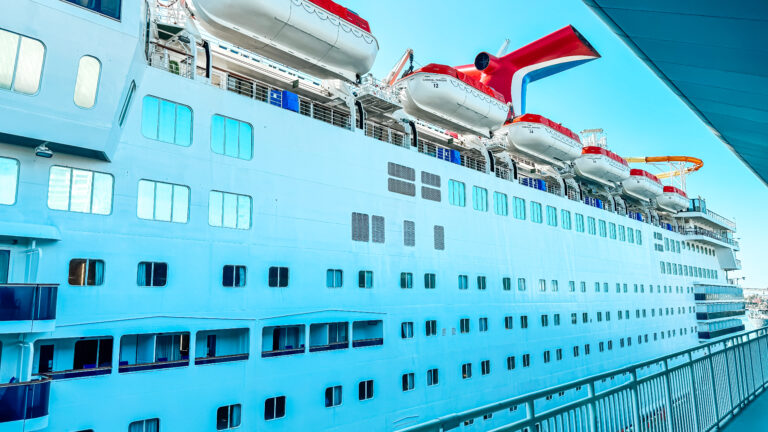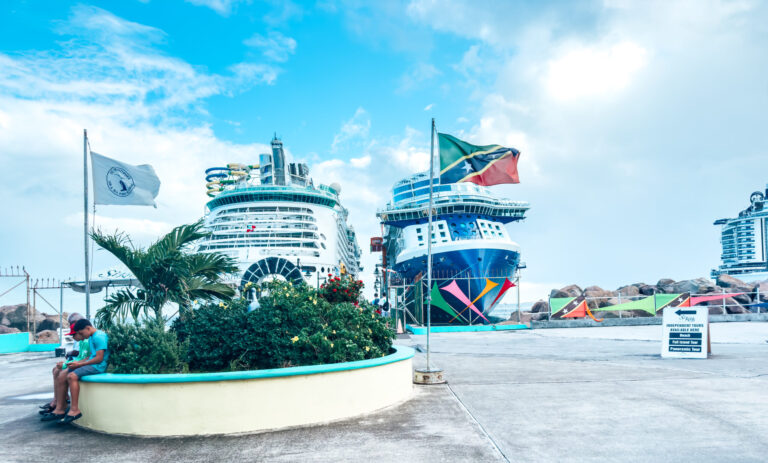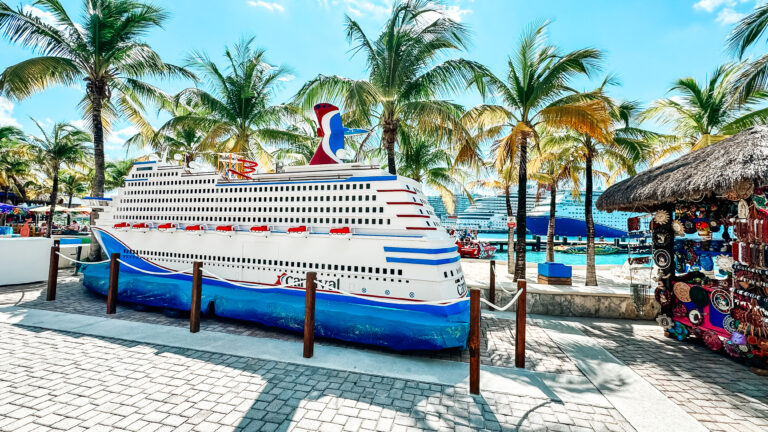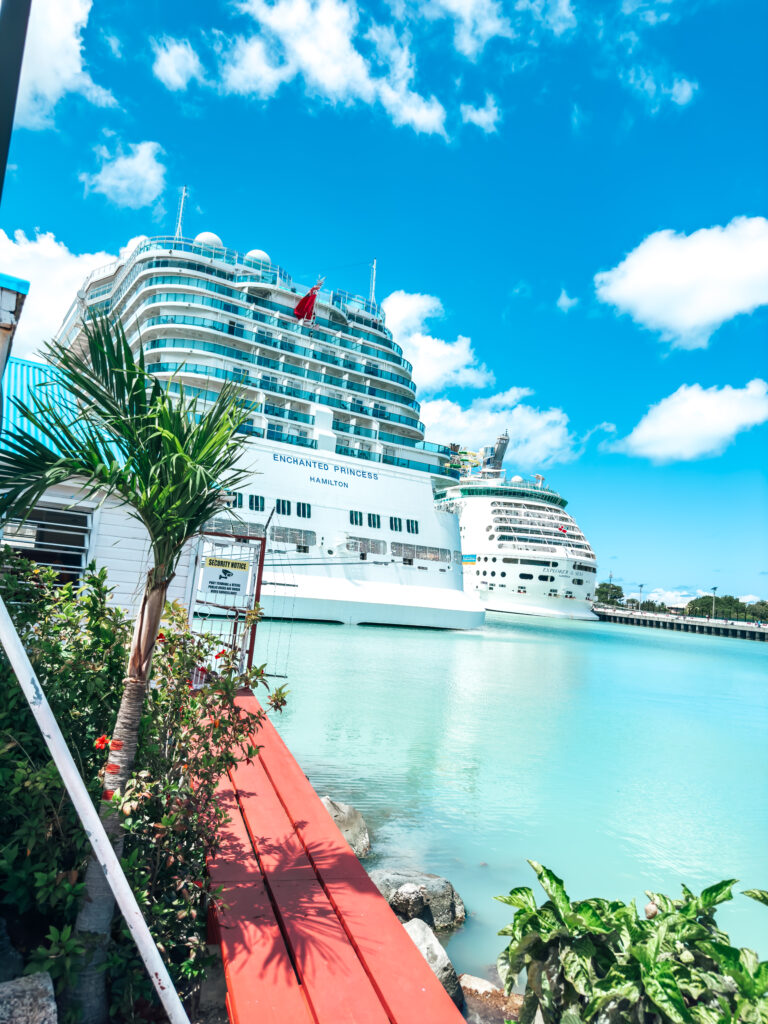Passports and Cruising: Everything You Need to Know
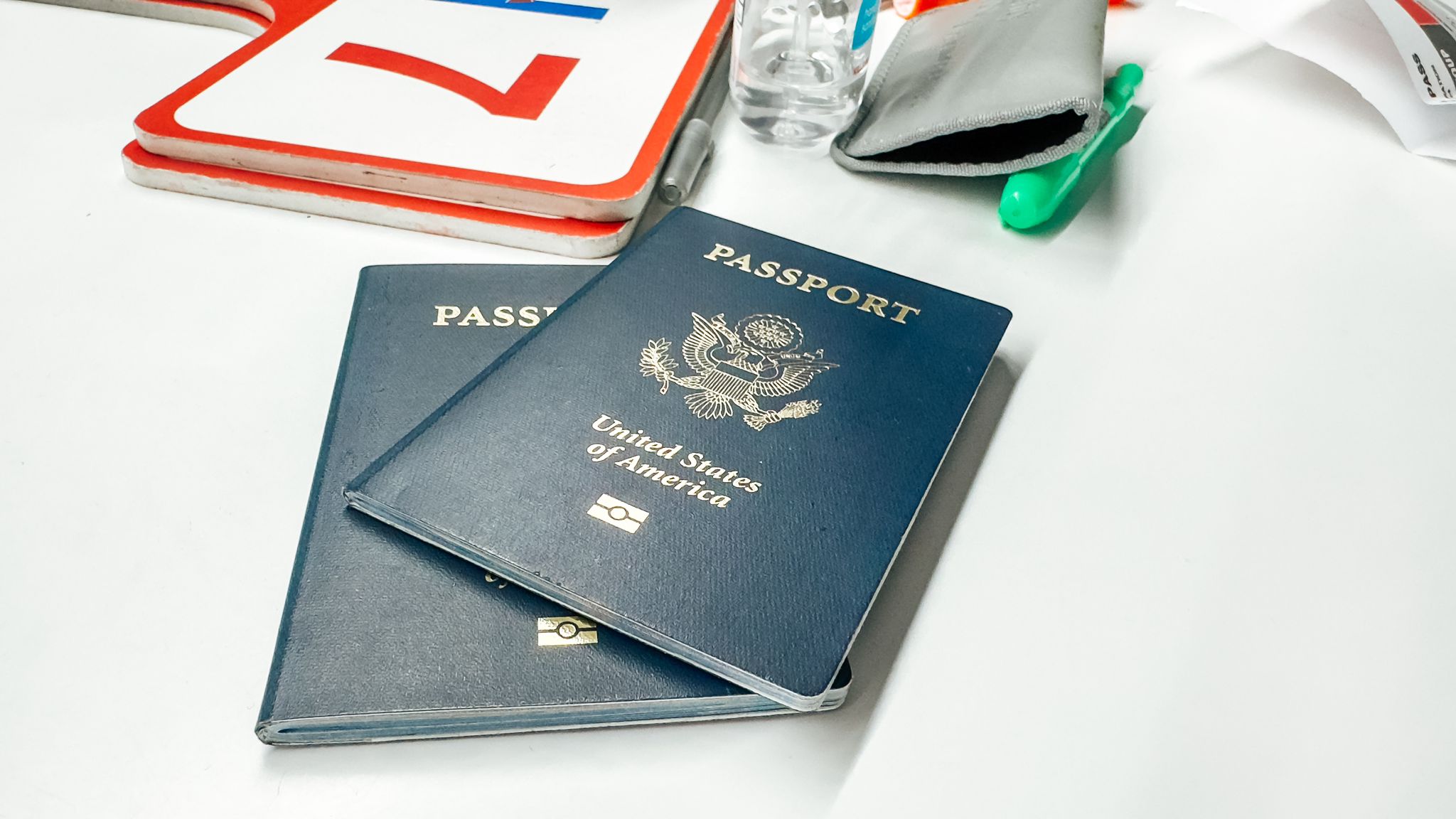
Almost daily, from friends who are embarking on their first cruise, or on the cruise travel groups on social media, I see the same question asked… “Do I need a passport to cruise?” The short answer? “No”… but under certain conditions. The long answer? “No”… but you should. And I’ll tell you why a little bit further below.
What Cruise Lines Require and Why
If you are embarking on a closed-loop sailing (more on that below), most cruise lines only require an original birth certificate in combination with a valid government-issued ID. So you need either this certificate/ID combo, OR a valid passport that does not expire within the next six months (also, more on that below). For children, just the birth certificate or passport is necessary.
These documents verify the identity of all passengers cruising for a safe onboard environment—especially given the need for cross-border security, as many cruise itineraries involve travel to multiple different countries, all with different laws and requirements. Passports and IDs issued by governments allow cruise operators and port authorities to measure the level of security risks.
What many cruisers may not realize is that cruise lines run passenger manifests by Customs and Border Protection. Would-be cruisers with felonies may not be permitted entry into certain countries, and those with certain open warrants may find arresting officers waiting for them upon disembarkation. Aside from the safety and security measures, documenting passengers becomes helpful in emergencies, such as medical crises or onboard incidents.
Closed-Loop vs. Open-Loop Itineraries
To determine if you need a passport to cruise, or if the birth certificate/ID combo is sufficient, it’s important to know the difference between closed-loop and open-loop routes. This difference decides whether you’ll need a passport or not.
Closed-Loop
Closed-loop itineraries, also known as round-trip cruises, refer to journeys that begin and end at the same port of embarkation. U.S. citizens sailing a closed-loop itinerary that originates and ends in the United States and starts and ends from the same port generally do not need a passport, even if that sailing stops at international destinations.
While this is the general rule, it’s essential to consult with the cruise line and your travel documents provided by the line to confirm the identification requirements. Virgin Voyages, for instance, at one point required passports of all passengers, regardless of whether it was a closed-loop sailing or not, although they have since loosened this requirement.
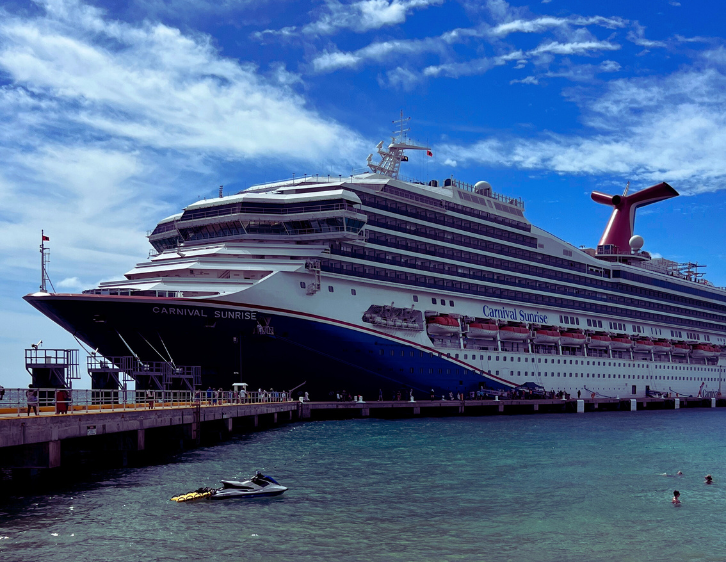
Open-Loop Required Passport to Cruise
Open-loop itineraries, also known as one-way or open-jaw cruises, involve journeys that begin and end at different ports of embarkation. These itineraries often include international ports of call, requiring passengers to cross international borders during their voyage.
Examples of open-loop itineraries include transatlantic cruises between Europe and North America or cruises that sail between the United States and South America. Another is the popular Panama Canal route, which is often offered with Fort Lauderdale as the originating port, but cruisers disembark on the west coast.
On open-loop cruises, a valid passport is typically required for international travel. Regardless of citizenship, most countries mandate the use of passports for entry and exit, making it essential for passengers to possess this vital travel document. Additionally, certain countries may impose visa requirements or other entry restrictions, further underscoring the importance of thorough pre-travel research and preparation.
It’s important to consult your travel documents provided by the cruise line, as they will often specify things like required visas. These are generally simple to get online and involve filling out an online form and paying a modest fee, but they require a bit of effort prior to your sailing.
Importance of Valid Document Requirements for Cruising
These documents, which range from passports to visas, are more than just formalities; they are necessary preconditions for fully enjoying a cruise experience. Valid documents are essential to guaranteeing each passenger’s safety and security when traveling, and to comply with various international requirements for each port of call’s country.
When traveling with a passport, it’s very important that cruisers verify that they are in compliance with the “Six Month Passport Validity Rule“, which states that their passports are valid for six months beyond the period of their intended date of visit. Even if your passport is valid during your cruise and doesn’t expire until right after you return home, it may be considered invalid if it expires in less than six months.
Do I Need Passport to Cruise?
To wrap it up, US travelers on a closed-loop itinerary do not need a passport to cruise. In the case of these itineraries, detailed above, most cruise lines require just an original birth certificate and a valid government-issued ID for adults and a birth certificate for minors.
While a passport to cruise is often not required, however, it’s advisable to have one. Why? As it’s unlikely to happen, you may encounter a medical emergency that requires treatment at a foreign port of call, and hospitalization might mean that you aren’t well enough to get back on the ship, or you can’t get back in time before it departs and you require medical transport via other means to the United States. In this case, you will need a passport for international travel from the foreign port of call back to the States.
A more likely scenario, which, unfortunately, I have seen on several of my sailings, is that you lose track of time at port and don’t return in time, and the ship takes off without you on board. When this happens, it’s almost always the cruiser’s responsibility to get him or herself either back home, or to the next port of call to meet back up with the ship. In this case, you will also need a passport to take a flight.
Should I Bring My Passport With Me to Port?
Many cruisers wonder whether or not to bring their passports to shore on port days. My advice? No. I always bring a copy of my passport and a valid government-issued ID with me on port days, and leave my passport in my stateroom safe. Now of course, in the unlikely event that I miss my “return to ship” time and the cruise ship departs without me, leaving me stranded at port, I’ll need my real passport to fly back home from a foreign port of call. So why, then, would I leave my passport back on the ship?
Well, acccording to John Heald, who is Carnival Cruise Line‘s brand ambassador, this line’s policy for handling passports in the case of a passenger missing the ship’s departure is this (sic): “In case of an emergency which meant you could not return to the ship we do indeed have a policy in place. Your passport would be collected from the guest cabin (including retrieving it from the safe) and by our housekeeping officers, a Guest Services officer and someone from our security team. We would then return the passport to the ships agent. We have one in every single Port who takes care of the ships needs during the time there. The agent would return the original passport to you.”
Because of this policy, I know that if I get left behind, I will be able to retrieve my passport from the port agent and then use it to fly back home. That’s why it’s important to not just leave the passport behind in the stateroom but to specifically leave it in the stateroom safe, which is always good practice anyway to ensure it stays safe and secure.
Personal Risk Assessment: Independent Shore Exploration
On port days, I usually opt to venture out on my own, rather than purchasing an excursion through the cruise line, and I know that the benefits of this come with a big downside — that if I’m late returning to the ship, the captain will not wait for me. A painful lesson that these eight cruisers recently learned.
Still, I take that risk because I enjoy the freedom, flexibility, and cheaper cost of booking my own excursions or simply exploring the port area on foot, by private driver, or by taxi. When I venture out on my own, I’m always highly conscientious about returning to the ship at least two hours before the official “return to ship” time, and because of this personal policy, I’ve never even had a close call. For a complete run down of the pros and cons of independent excursions and cruise line excursions, check out my post here.
So for me, I know that the risk of me losing my passport at a port of call if I have it with me, is far greater than me missing the ship. Plus, as noted above about Carnival‘s policy (which is similar to other cruise lines’ policies), I can rest assured that if this does ever happen, I will have the ability to retrieve my passport from the port agent, provided that I left it behind in my stateroom safe.



